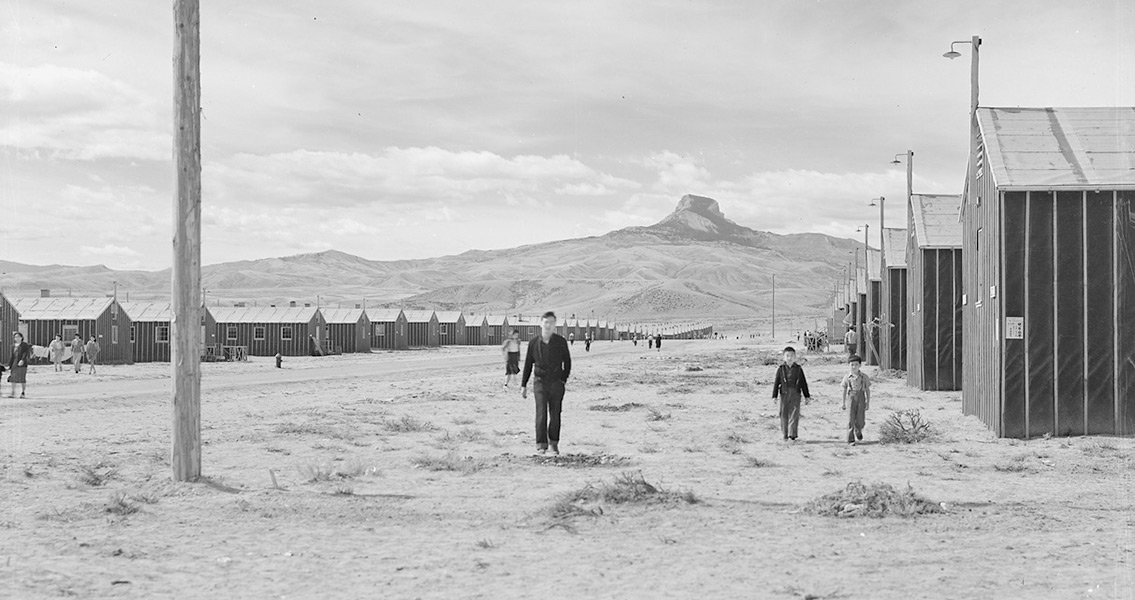<![CDATA[A World War II-era internment camp near Heart Mountain, Wyoming, is under excavation by archaeologists keen to understand the everyday lives of the Japanese-Americans incarcerated there. Heart Mountain was one of 12 relocation camps used by the US government, created during the presidency of Franklin Delano Roosevelt in the wake of the bombing of Pearl Harbor, Hawaii on December 7th, 1941. A stark reminder of institutionalized American xenophobia and racism during WWII, camps like Heart Mountain, which received its first internees in August of 1942, are nevertheless an excellent opportunity to discover how American citizens of Japanese descent lived during their forced internment. Heart Mountain alone held more than 10,000 Japanese – many of which were American citizens - at its most crowded during wartime. At the Wyoming site of the former internment camp, archaeologists are most interested in excavating the ruins of two massive 300-foot long root cellars, one of which still stands. The other, which collapsed sometime between the end of the war and when the camp site was purchased by the nonprofit historical preservation group the Heart Mountain Wyoming Foundation in 1996, is of heightened interest. In an interview in the Casper Star-Tribune, Park County Historical Preservation Commission chairman Larry Todd, a retired archaeology professor involved in the excavation efforts; said the archaeological record of activity at the camp may be much better preserved in the collapsed root cellar, as the structure that still stands today was used by farmers between the end of WWII and when the property was purchased by the foundation. Initial excavations have yet to yield any spectacular results, instead uncovering structural materials such as nails. Todd remarked that while the discovery seems mundane, a more in-depth study of the cellars could reveal methods used by the internees that might have deviated from the plans for its construction delineated by the US government, as the cellars were constructed by those interred at the camp themselves. Both cellars were built in order to store the prodigious harvest reaped by the agricultural efforts of the internees. The first winter at the camp, according to the historical records gathered by the museum erected on the site by the Heart Mountain Wyoming Foundation, was a lean one, and concerns among the Japanese and Japanese-Americans interred there led to a major farming operation that included the construction of a 5,000-foot irrigation canal as well as the root cellars to support the internees’ efforts to grow their own food. These efforts would prove to be wildly successful. With many of the internees former farmers from California, the camp’s food supply was secured. Friends and relatives on the outside would send seeds, and as a result more than 1,000 tons of produce was harvested during the 1943 growing season. The year following saw a surplus of food, thanks to the efforts of the internees. Todd and his colleagues involved in the excavations say that the specter of institutionalized racism represented by the internment camp needs to be made a part of history. While Heart Mountain was the third-largest town in Wyoming during the war – thanks to the massive number of internees held there – today there is hardly any physical record left of its existence. ]]>
WWII-Era Japanese-American Internment Camp Excavated
